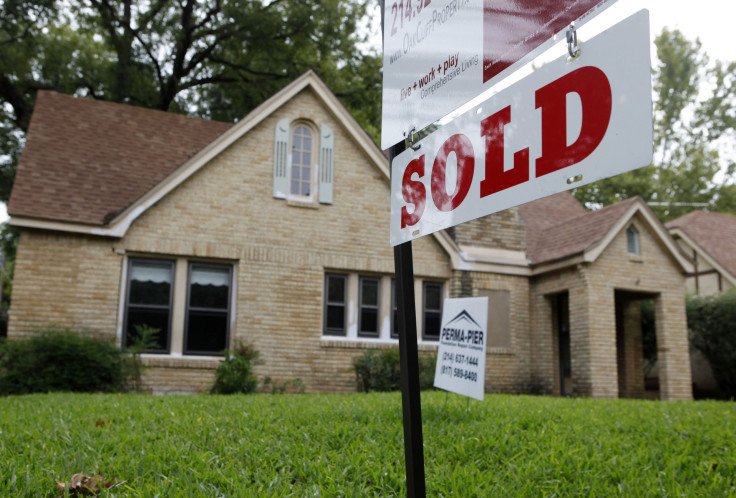US Housing Recovery Sees Slowdown: S&P Case-Shiller Home Prices

Standard & Poor’s housing data released Tuesday indicate a slowdown in a recovering U.S. housing market from 2012 and 2013, even though a benchmark index posted its best annual gain since 2005.
The S&P Case-Shiller index showed a slower gain in home prices in recent months, with the first deceleration in monthly price gains since June 2013.
For the latest quarter, national home prices rose 11.3 percent, mostly steady with the third quarter of 2013. The national segment of the index tracks single-family home prices across nine census divisions.
“These numbers are pretty similar to what we’ve been seeing in the last few months, but do begin to show some flattening out, or a little bit less momentum,” S&P’s David Blitzer, who is chairman of the index committee for S&P Dow Jones Indices, said on a conference call.
“The monthly gains have faded out and we’re seeing a lot less momentum,” Blitzer said.
Over the past several months, U.S. housing prices have done well, notching strong gains in 2013 despite steadily increasing mortgage rates. Mortgage rates have fluctuated from a recent low of 4.1 percent in October to a 4.53 percent average at the start of 2014, according to Freddie Mac data. The Federal Reserve’s decision to slow down bond purchases helped push mortgage rates upward.
Sales of new and existing homes have also fallen recently and are projected to continue to fall. Housing starts in 2013 were also the sixth lowest year on record, notes the Calculated Risk blog, though starts improved in the 2008 to 2011 period, which were the worst years since data began.
If prices are adjusted for inflation, the much-talked about housing recovery may be a mirage, according to remarks by Yale University economics professor Robert Shiller, who helped devise the benchmark index.
“Since 2012, we’ve been recovering from the big collapse after that [2005] boom, but in real terms, we’re still way below,” Shiller said on the call.
Optimism among home buyers and builders seems low, too, he added, citing home permits and surveys of homebuyers.
“We might actually see falling prices by the end of 2014,” Shiller said, citing less incentive with higher mortgage rates, low homebuyer expectations, and less investor activity in housing. “I’m not predicting that, but I’ll say it’s a worry.”
Cheap distressed properties may have also distorted home price benchmarks, Jeff Taylor, of mortgage risk firm Digital Risk, told International Business Times in an email. Distressed properties owned by banks or other lenders have become less prominent in the housing market lately, meaning that normally priced homes have started to dominate price indices once again.
More home sales at nonforeclosed prices may be the real explanation for apparent home price boosts, rather than genuinely higher demand or more homebuyer wealth, he said.
“A notable portion of the Case-Shiller index for the last few years can be explained by an increase in the proportion of retail [nondistressed] properties in the sales pool,” Taylor wrote. “Since retail properties are higher priced, the median sales price will increase. It’s simple math.”
S&P has forecasted that home prices will rise 6 percent in 2014, or half the rate of 2013 advances. S&P has also said that lower unemployment could translate into 2 million additional households in 2014, and that housing starts could increase 810,000 in 2014 from 620,000 in 2013.
Home prices are also a “lagging indicator” of the health of the housing market, noted London economic researcher Capital Economics in an analysis on Tuesday.
“We won’t see the effect of weaker demand on prices until spring at the earliest,” read the note. But: “The more recent weakness of home sales will weigh on price growth before too long.”
With home prices, there “does seem to be a little bit of easing or backing off from what we saw a few months ago,” Blitzer said. “The question, I think, facing everybody: is this a temporary pause, a cold winter, or are we facing something else?”
© Copyright IBTimes 2024. All rights reserved.




















